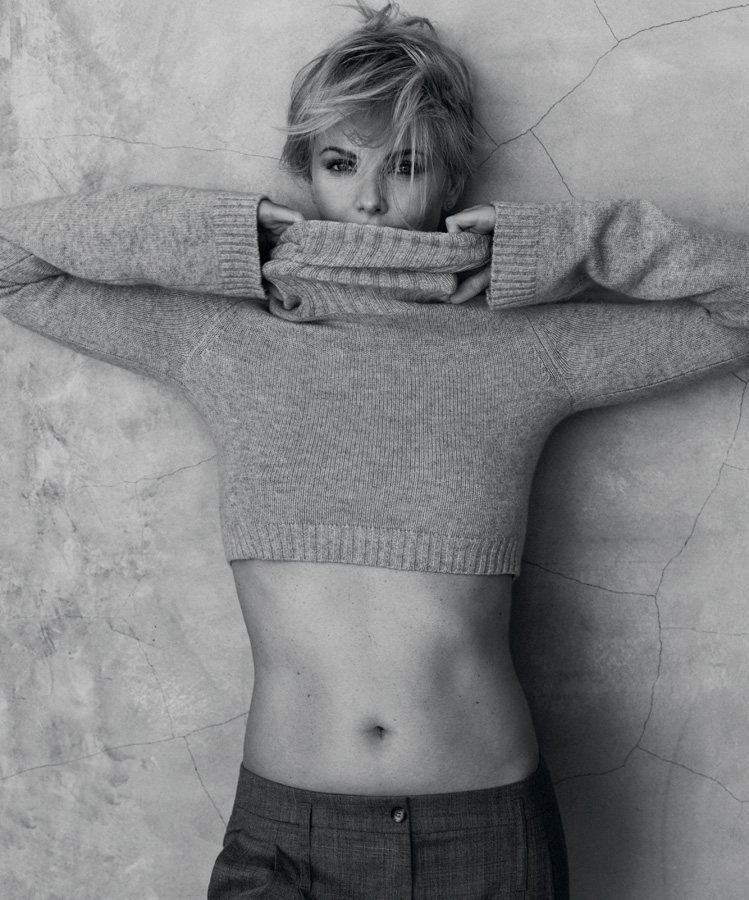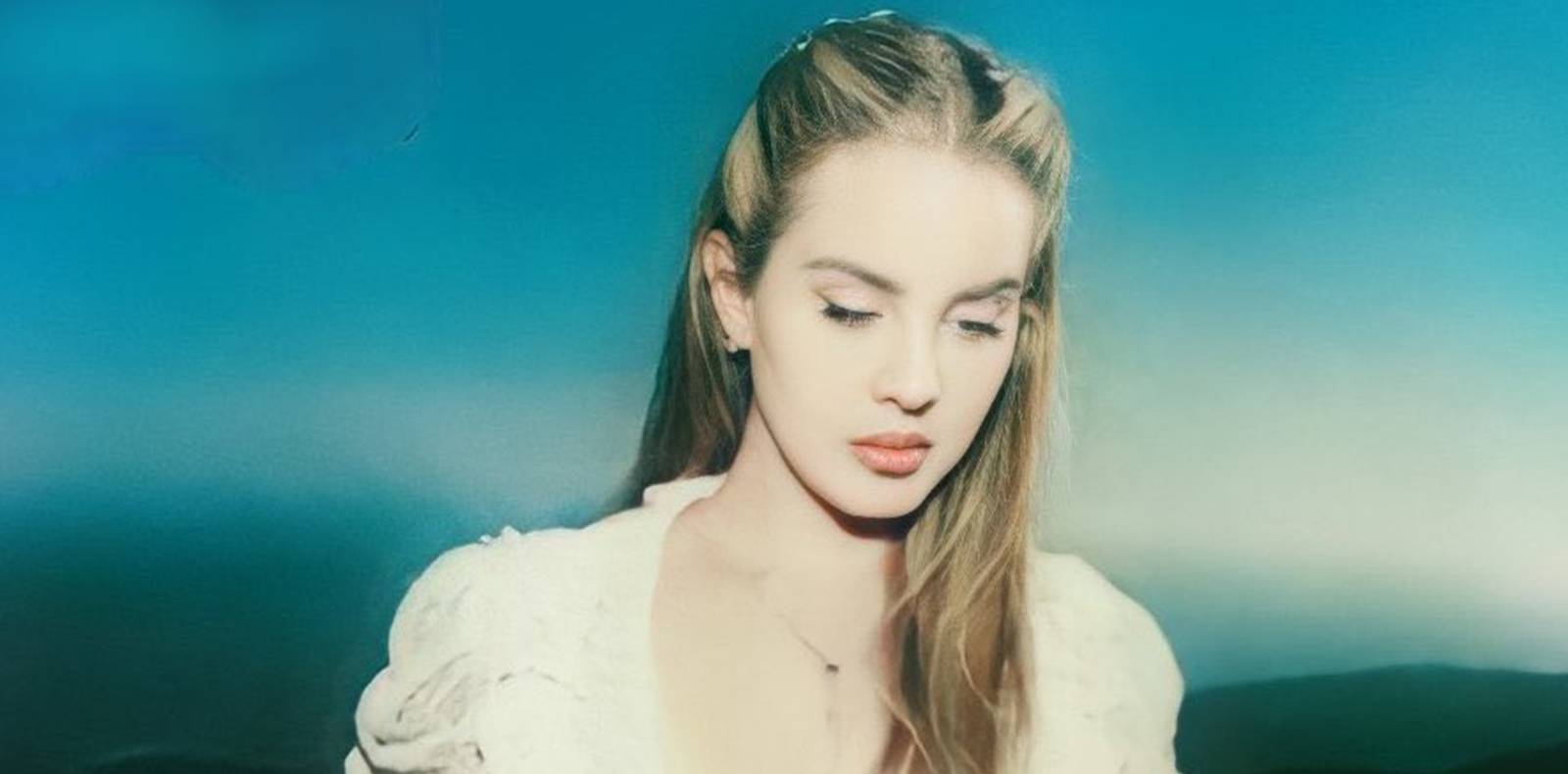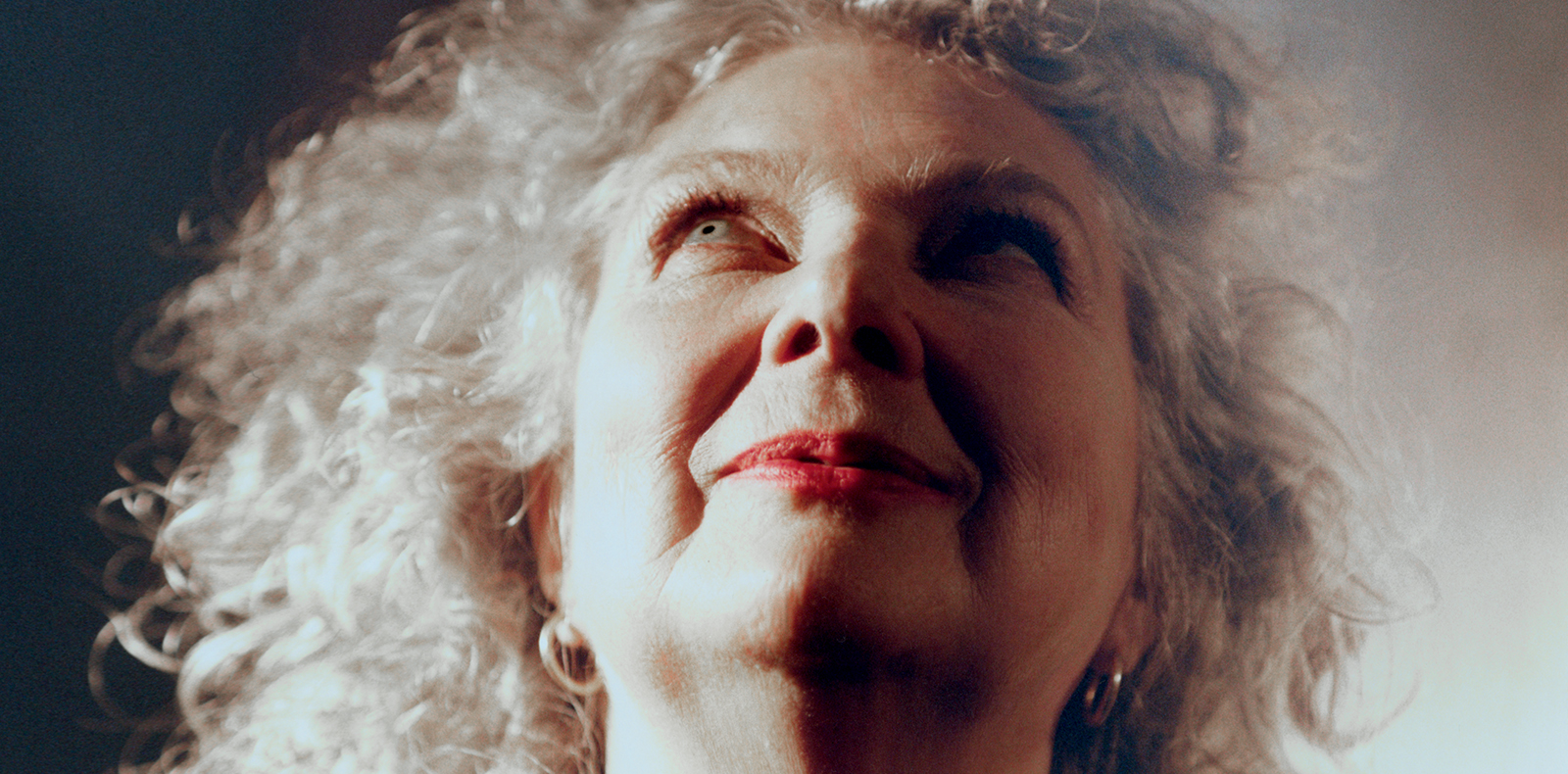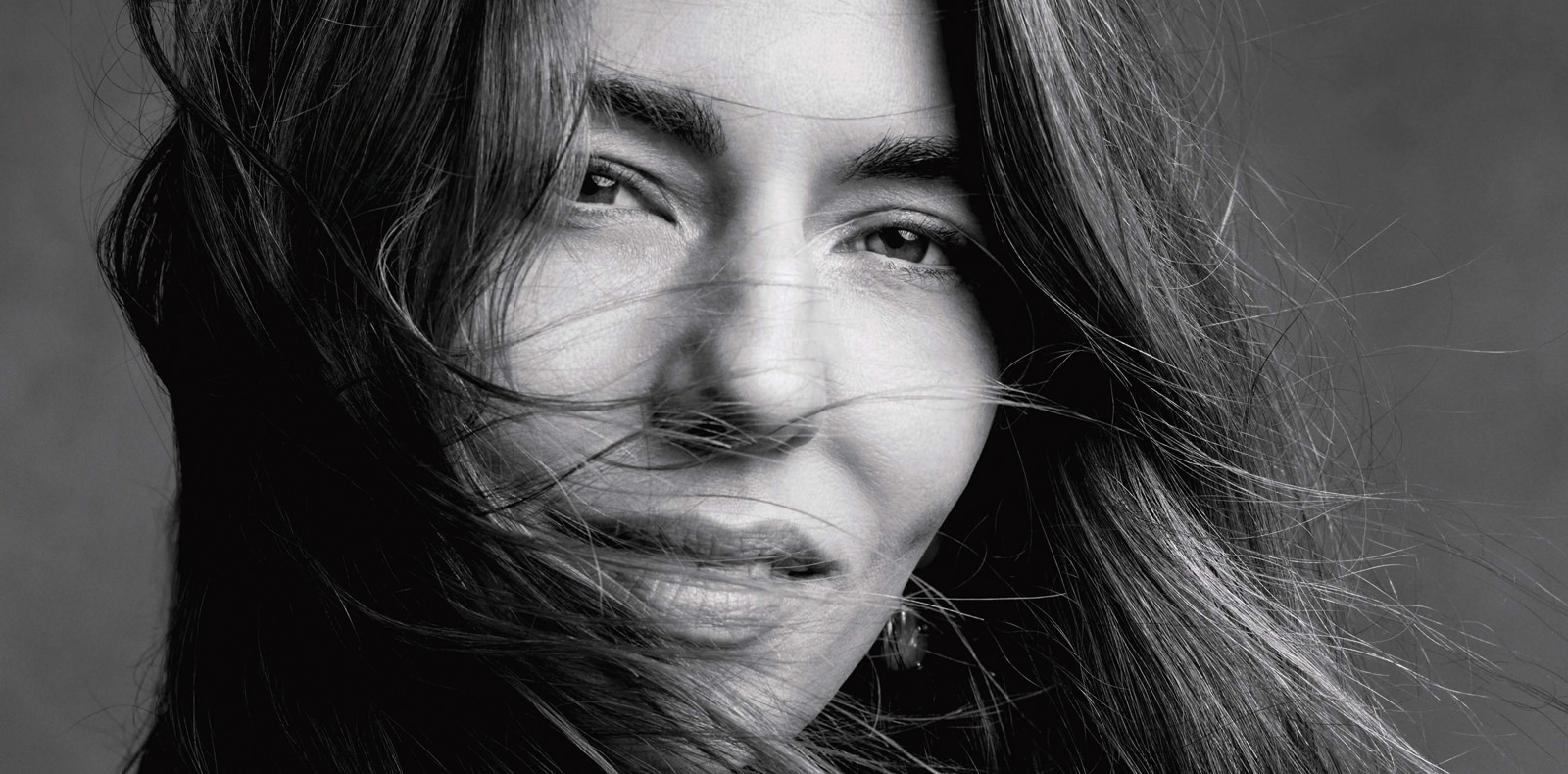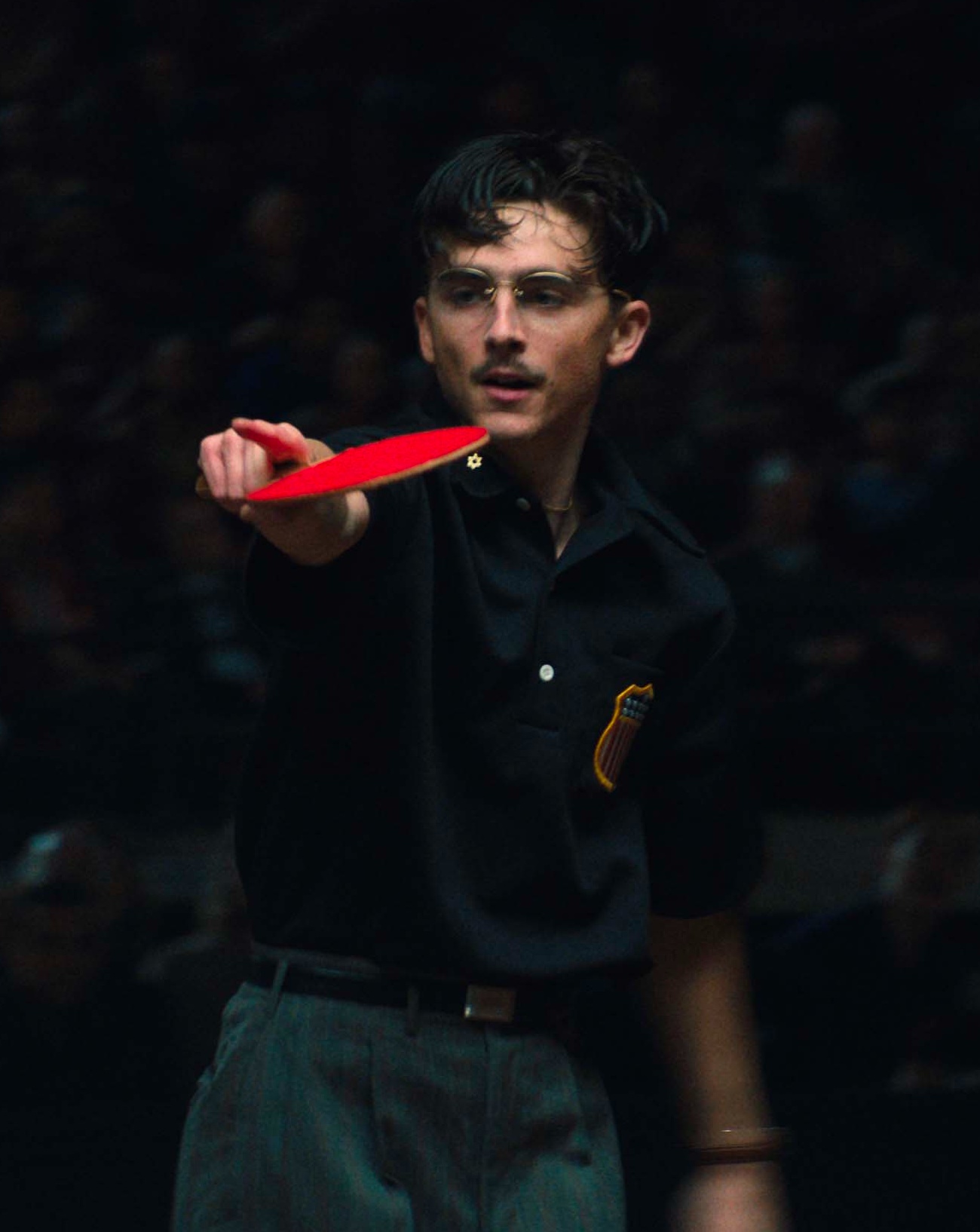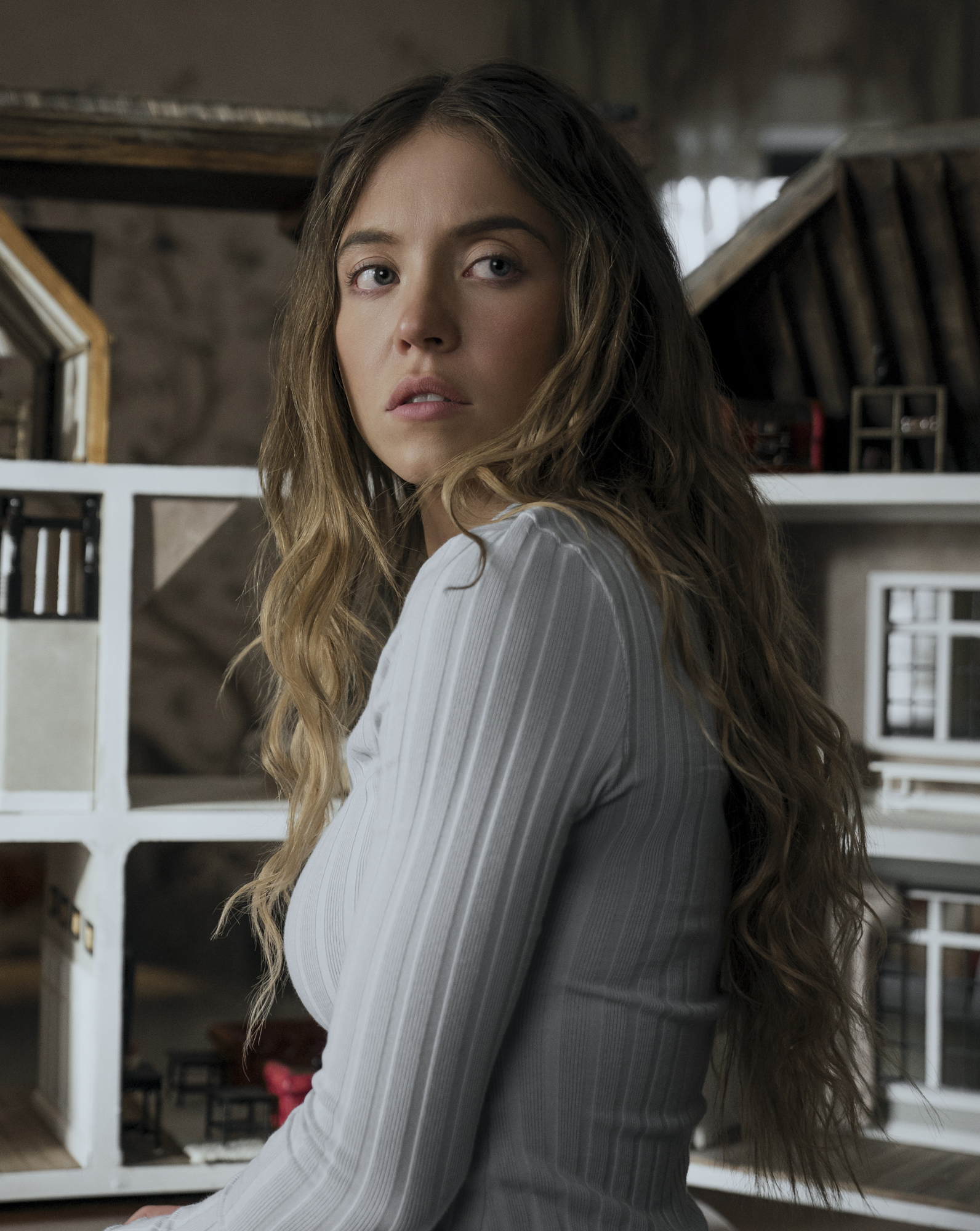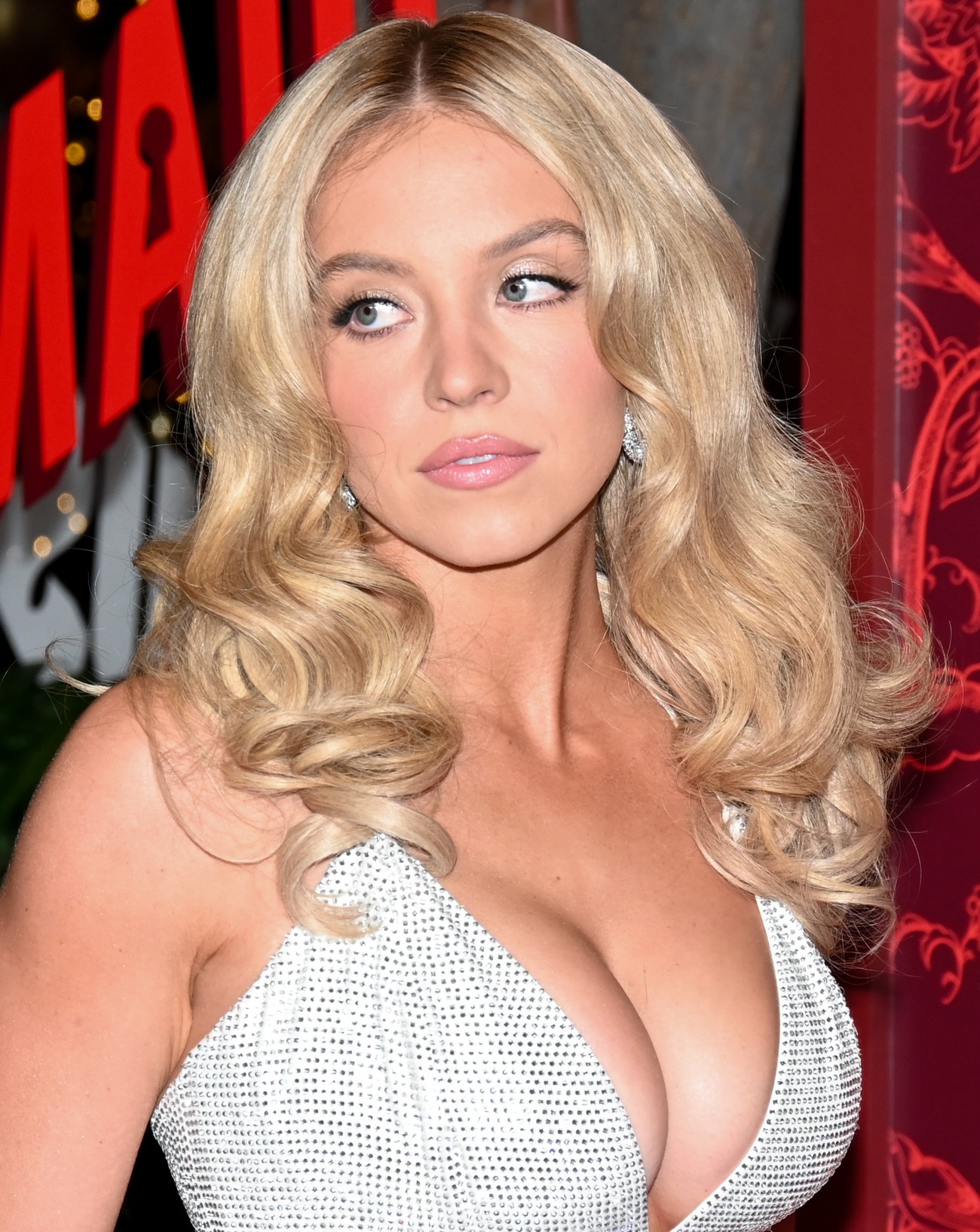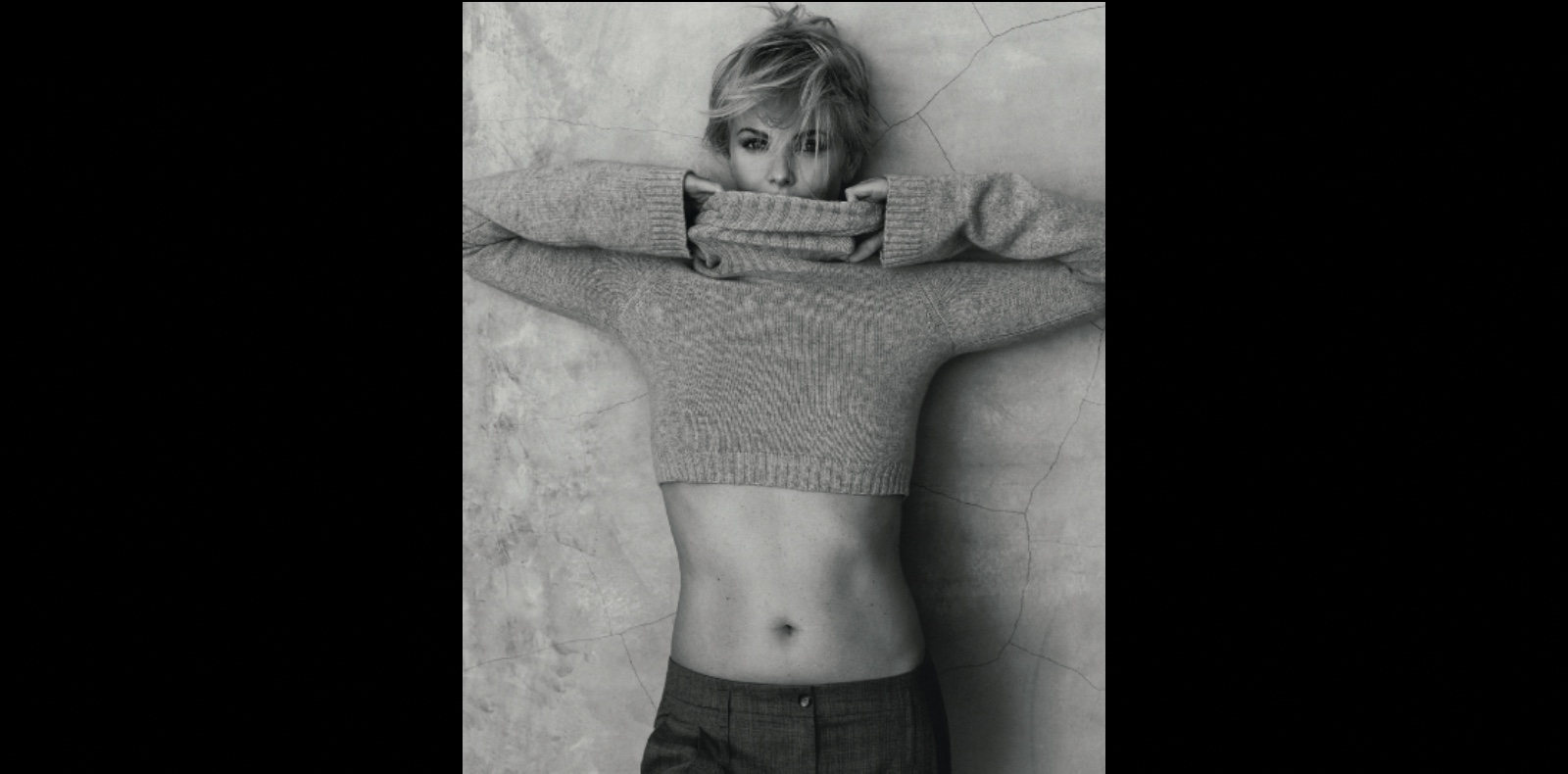
18
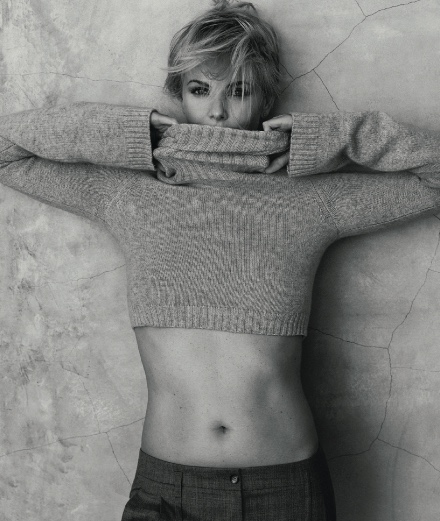
18
Interview with Charlize Theron: “I like acting because you spend your time dissecting human psychology”
With her sculptural beauty and breath-taking talent, the sublime Charlize Theron has become a permanent fixture in the Hollywood firmament. A past master in the art of transformation, she won acclaim for her portrayals of strong women, among them the real-life serial killer Aileen Wuornos, a role which earned her the best-actress Oscar in 2004. The flamboyant Theron later moved on to action movies, and was particularly noteworthy as Furiosa in “Mad Max: Fury Road”. Today she’s back on Netflix in Gina Prince-Bythewood’s new film “The Old Guard”, in which, at the age of 44, she is just as sensational as ever.
By Chloé Sarraméa.
Published on 18 January 2021. Updated on 20 June 2024.
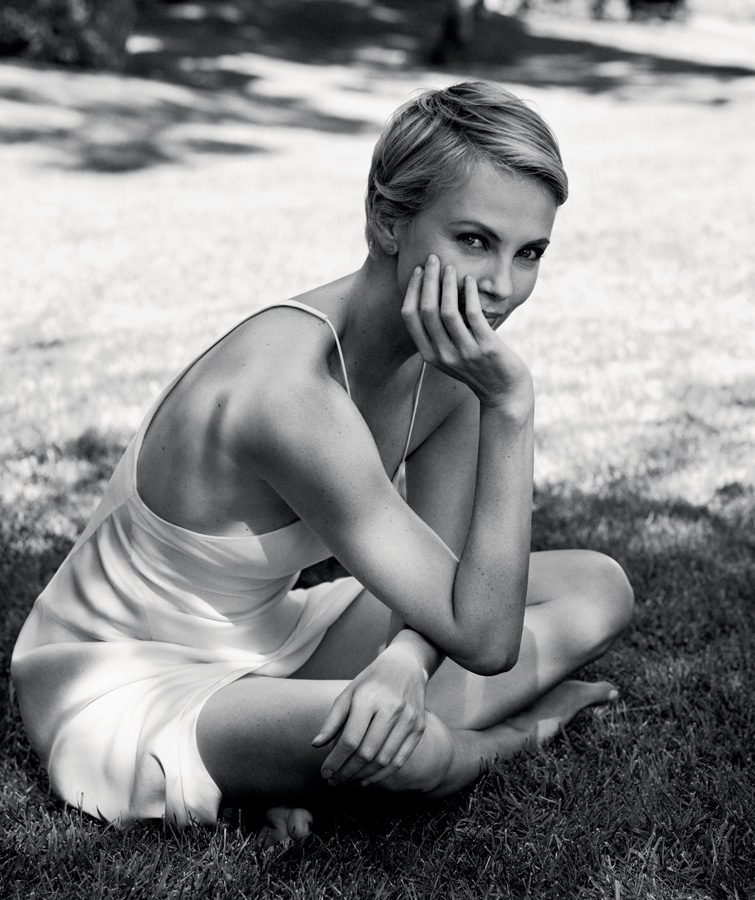
To interview Charlize Theron in the time of covid-19, you must first wait in a virtual antechamber on Zoom – a hitherto unknown computer programme that has become the film industry’s favourite promotional tool since the sanitary crisis struck the world. Theron is currently promoting her new Netflix blockbuster, The Old Guard, in which she plays a charismatic immortal super badass who is ready to sacrifice everything for others of her kind. At 44, the South African-born, naturalized-American actress has lost nothing of her aura, and over time has got more and more involved in producing, so as, she explains, “to continue to keep control and be able to take greater risks from a creative point of view, to do the things I want to do and to be able to create opportunities not only for myself but also for others, particularly women.” It’s a shift in status that she’s been working on for a long time now, since Monster in fact, the film that also won her the Oscar for best actress in 2004. To play the first female American serial killer, Theron gained 15 kilos, shaved off her eyebrows and had latex placed all over her face, which was then entirely spray painted. Today she has chalked up 21 titles as producer, playing the lead in many of them, such as Atomic Blonde (2017), Tully (2018) or The Old Guard (2020), and she was also executive producer for three series – Mindhunter, Girlboss and Hyperdrive.
If at first glance these series seem like minor footnotes in Theron’s career, they actually trace out the ground she has gained over the past few years. Piloted by David Fincher and launched in 2017, Mindhunter explores the world of criminal profiling through two FBI agents who are convinced that, in order to track serial killers, you need to understand them properly. Which is exactly what Theron tried to do when preparing Monster. “Aileen Wuornos’s psychology is one of the most complex I’ve ever been given to explore. It was the first time I accepted a role like that, and there was something profoundly upsetting in playing this woman. Her life, her actions and her personality have been judged with great severity by American society. Few people know that she was the first female serial killer, and no one has ever asked what it was that led her to commit all these horrors. We live in a world where we spend our time labelling people, putting them in boxes and dismissing them, whereas we’d gain a lot by trying to understand why, or how, someone comes to live their life totally neglected by everyone else and drops out of society.”
Driven by a certain idea of the actor’s role, which pushes women to explore unknown psychological territory, Theron has something of a Gena Rowlands rubbing shoulders with everyday madness in John Cassavetes’ A Woman Under the Influence (1974), or of a Liv Ullmann playing a six-act separation in Ingmar Bergman’s Scenes From a Marriage (1973). “I like acting because you spend your time dissecting human psychology and trying to analyse what it is that makes people do what they do. It’s something that still motivates me today, and which will continue to fascinate me for as long as my acting career lasts.” Determined to promote powerful narratives on screen, Theron was behind the Netflix screening of Girlboss, a series that tells the story of a self-made American woman, championing female entrepreneur- ship and ladies who run their careers with an iron grip. Adapted from the memoirs of the woman who founded clothing brand Nasty Gal, it’s all rather reminiscent of the trajectory of a young South African lass who grew up to become queen of the blockbusters…
For who would have predicted that Theron would enjoy such a brilliant career in cinema? It might well have ended as it started, with her short appearance in Celebrity (1998), Woody Allen’s 29th film, in which she plays a buxom model who is impressed by anyone who drives an Aston Martin and flees the hordes of paparazzi that appear from nowhere every time she sets foot outside the catwalk or the trendy art openings of Lower Manhattan. In the movie, her starlet character meets a depressive journalist, climbs into his vintage vehicle and insists on taking the wheel. There follows one of the most embarrassing car scenes in the history of cinema: for what seems like several long minutes, Theron drives while gazing at her partner, Kenneth Branagh, completely ignoring the road in front of her, which destroys all credibility in the sequence. But happily this unconvincing début would have no effect on her subsequent career, nor was it representative of the subtle acting talent she would reveal in future roles. The characters she agreed to play for Woody Allen (first in Celebrity and then in The Curse of the Jade Scorpion) are in every way different to the image she would afterwards nurture in Hollywood.
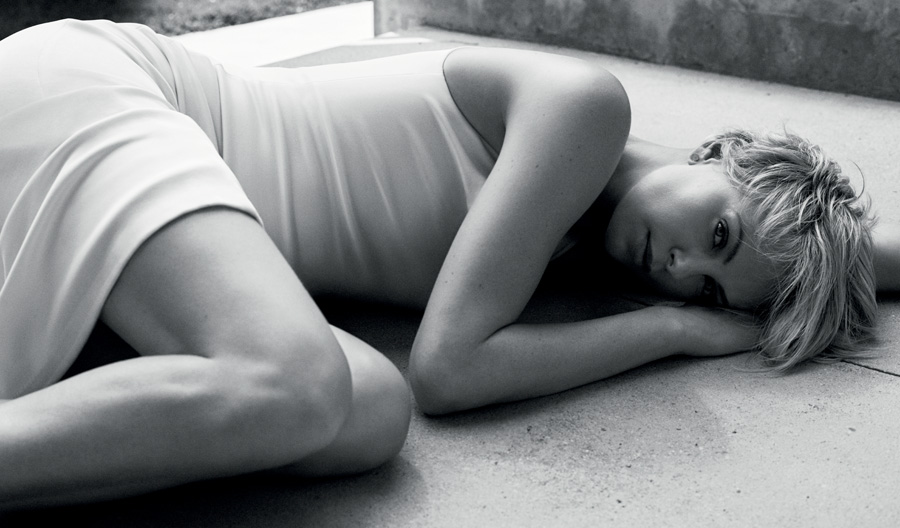
In Tinseltown, the 1.78 m-tall sculptural blonde has carved herself an enviable niche. She started out as a student at New York’s prestigious Joffrey Ballet, where she dreamed of becoming a classical dancer. But, after injuring her knee, she turned, faute de mieux, to modelling, a job that would turn out to be just as short-lived as her dance career. Much appreciated by European magazines, the country girl from Benoni (the rural town outside Johannesburg where she grew up) was dividing her time between impersonal photo studios and casting-agency waiting rooms when suddenly one day, at a Los Angeles bank, the clerk refused to cash a cheque her mother had sent her. Legend has it that, angered by the incident, Theron loudly insulted the hapless employee, an outburst that got her noticed by John Crosby, the famous Hollywood agent, who happened to be present. Her big-screen career was launched. Over the following 25 years she would oscillate between character acting Hollywood style (roles that were more usually reserved for men, such as Christian Bale, Matthew McConaughey or Joaquin Phoenix), lead parts in mediocre movies, but also top billing in spectacular blockbusters, a niche which today has become her hallmark. For her Oscar-worthy roles, Theron stops at nothing, pushing physical transformations to the limit: a shaved head and amputated arm for Furiosa in Mad Max: Fury Road (2015), or 22 kilos heavier for Tully thanks to a diet of burgers for break- fast and macaroni cheese before bed. In comedies that were panned by critics – such as Sweet November (2001) or A Million Ways to Die in the West (2014) –, she is always an alluring femme fatale, while in big-budget action films (Prometheus, Atomic Blonde, The Old Guard), she’s always a cold, powerful blonde (and occasionally brunette).
Today, the name Charlize Theron has almost become part of the collective unconscious. But few people know that she was directed by James Gray in The Yards (alongside Joaquin Phoenix and Mark Wahlberg) as well as by the man she now describes as a “hero” on Instagram, Tom Hanks (in That Thing You Do!). For the 2004 TV broadcast 100 Greatest South Africans, the people of her homeland placed her twelfth, just behind a Nobel Peace Prize winner and ahead of an anti-apartheid campaigner! In an entirely different register, be it in Paris, New York or Beijing, the whole world has stopped and stared at her vertiginous décolleté and incandescent blondeness blown up to 4 x 3 m and posted on every bus stop to advertise Dior’s mythic fragrance J’adore. Such was the success of the torrid poster campaign that it was soon adapted for the screen, revealing yet more of Theron’s dream silhouette. Advancing along a catwalk bathed in golden light, her perfect body – here nude, there veiled by a diamond frock – burst onto the world’s televisions in 2004, and has remained there ever since. For 16 years now she has been repeating, with an ultra-glamorous accent, a catchphrase that has almost become an adage: “Dior, j’adore.”
To her 5.9 million Instagram followers, the superstar dishes out her political engagement in measured doses, deploring the death of George Floyd, sharing her Pride-march videos and, with a floral mask hiding the lower part of her face, advising everyone to protect themselves against the coronavirus. Among the many ultra-glamorous red-carpet shots of Theron dressed up to the nines at openings, parties and premières, she sometimes slips in mini films of a rather less classically feminine nature, in which we see her taking up boxing in preparation for the fight scenes in her scripts, as is the case with her most recent, The Old Guard. But what she always forgets to post is her feet, which are adorned with two minuscule tattoos: a fish on her ankle, and a daisy just above her toes! In comparison, her fans are far more hardcore, tattooing her face all over their bodies: a Google Image search will bring up countless shoulders, backs and forearms that testify to her reign as queen of erotic fantasies, here crowned with an imperial diadem, there dressed up as an intrepid “glamazone” sporting wild locks. Proof, if it were needed, that Theron’s image has become an integral part of pop culture – besides being an actor, producer, model and former dancer, she is simply Charlize, an idol of universal beauty and feminine power.
